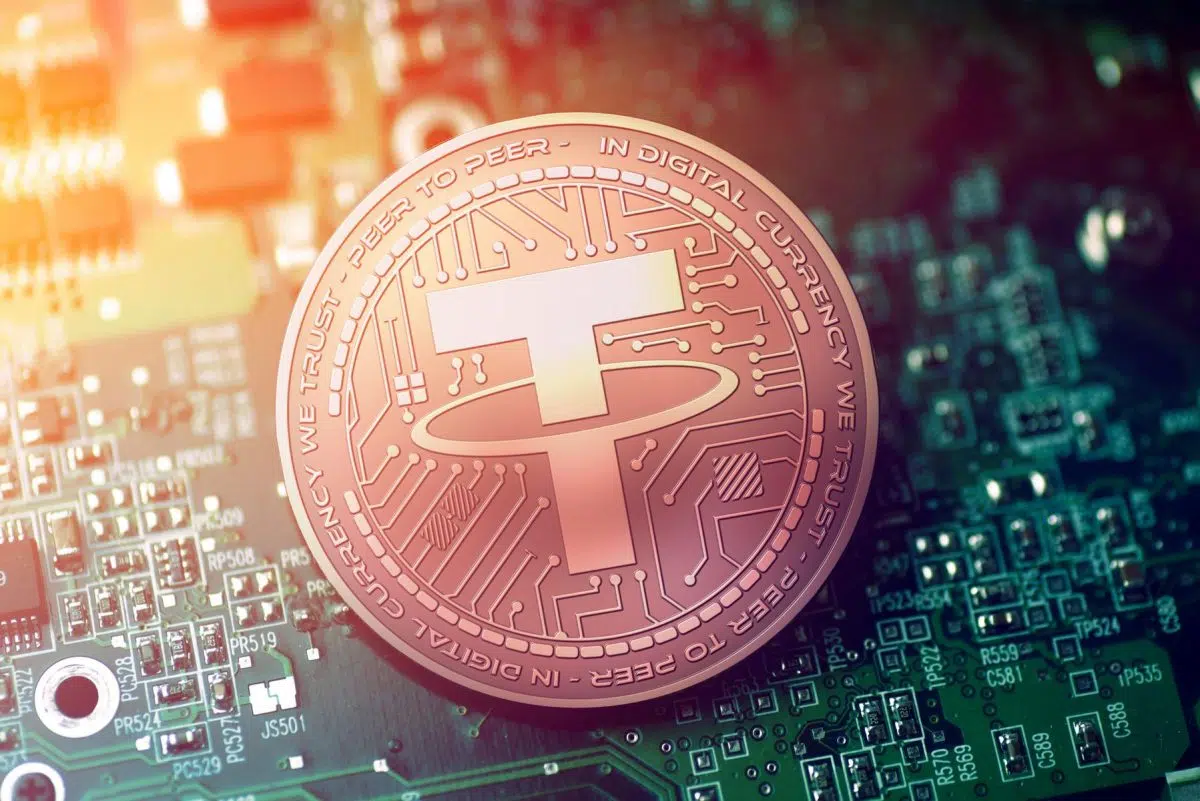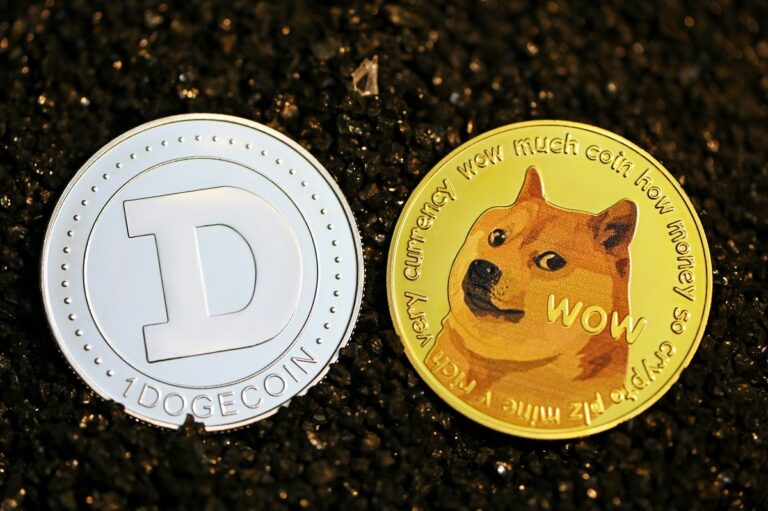
- Coinbase CEO Brian Armstrong warned that new U.S. legislation could force the exchange to delist Tether’s USDT stablecoin if stricter regulations are introduced, requiring stablecoin issuers to hold reserves in U.S. Treasury bonds and undergo audits.
- Despite this, Armstrong assured users that Coinbase would provide alternatives, such as USDC, and ensure compliance with evolving regulations to maintain a secure and regulated crypto ecosystem.
In a recent statement, Coinbase CEO Brian Armstrong raised concerns about the potential delisting of Tether’s USDT stablecoin if new U.S. legislation mandates stricter regulations for stablecoin issuers. This announcement highlights the growing tension around stablecoin regulation in the United States and how it could impact major players in the crypto market.
New Regulatory Framework for Stablecoins
U.S. lawmakers are actively discussing regulatory frameworks that would require stablecoin issuers to keep their reserves in U.S. Treasury bonds and submit to regular audits. While Tether currently holds some of its reserves in U.S. Treasury bonds, it also includes assets like Bitcoin and gold in its reserve mix. Such diversification may present challenges under stricter legislative requirements, which could mirror the European Union’s MiCA regulations.
The possibility of these new rules has raised alarms within the crypto community, especially since Coinbase is one of the largest exchanges in the U.S. Armstrong emphasized that compliance with any new laws is paramount, and if U.S. legislation compels Coinbase to delist USDT, they would be forced to do so.
Coinbase’s Commitment to Offering Alternatives
Should delisting occur, Armstrong assured Coinbase users that the exchange would ensure a smooth transition by offering alternatives. USDC, a stablecoin issued by Circle, is one potential substitute that Coinbase fully supports. Armstrong emphasized that Coinbase’s mission is to provide secure, compliant solutions for its users, even if it means moving away from Tether’s USDT in favor of a more regulated alternative.
“Coinbase will help its users transition to a more secure system,” Armstrong said. The exchange is committed to offering a reliable “off-ramp” for those holding USDT, ensuring they can continue their participation in the cryptocurrency ecosystem while adhering to U.S. regulatory standards.
Tether’s Global Impact and Challenges
Although Tether has faced regulatory scrutiny in other regions, such as the European Union, the impact of U.S. legislation could be more significant. Tether, which has a substantial market share in the stablecoin space, heavily relies on the U.S. market. Any disruptions here could affect its operations globally.
Armstrong’s comments underscore the possibility of a significant shift in the stablecoin market, potentially reshuffling the rankings of stablecoin issuers. Coinbase’s continued support for USDC might position it favorably as regulatory changes unfold.
The Future of Stablecoins in the U.S.
With the global stablecoin market valued at approximately $218.7 billion, U.S. lawmakers are under pressure to develop a clear regulatory framework. As this landscape evolves, Tether’s dominant position in the market could be challenged. Coinbase, by aligning itself with regulated stablecoins like USDC, could emerge with a competitive advantage.
As the U.S. crypto market braces for potential regulatory changes, Armstrong’s statement illustrates Coinbase’s proactive approach to compliance and market adaptation. The future of stablecoins in the U.S. looks poised for transformation, and the actions taken by exchanges like Coinbase will play a pivotal role in shaping the outcome.




